|
It was a truly beautiful day today, and with the snow from yesterday the landscape was looking wonderful. I could not resist going for a walk round the coast between Duirinish Station and Port an Eorna, through the crofts at Drumbuie and Duirinish and along the coast overlooking Skye and the Applecross Hills. I took my usual camera backpack but also my Holga 120N medium format plastic camera loaded with out-of-date Kodak Tri-X black & white film. I have not used this camera for the best part of a year and wanted to experience the freedon of having only a very few options in terms of camera settings: one shutterspeed or bulb setting; two apertures - bright sun or cloudy; and four focus settings - portrait, group portrait, middle distance; and landscape. It does take a lot of practice to get right, and the images are soft due to the plastic lens and usually heavily vignetted, producing an amazing atmospheric style, made famous by Michael Kenna. Of course you need to wait until the film is complete and then develop it, etc. I now have three shots left on that roll of film, so will try and complete it soon and post up the results (good or bad) once I have it developed. Anyway, I took a few shots with my digital camera. The above image is a reprise of one I made for my Higher Photography course back about five years ago. That project was a study of the crofting cultural landscape and I was trying to capture the human imprint on the landscape through things like fence lines, settlement patterns, cropping, etc. This new version was taken on a much more favourable day, with some blue sky and intertesting clouds as well as sunlight and shade. The snow brings out the textures in the landscape and I like the way the fence on the right and the tracks in the snow lead the viewer's eye into the frame. I love the texture in the old fence post in the foreground right. When I shot this view previously I had taken a creative decision to make all my images black & white for the project, partly because I was shooting in the depths of winter with limited colour, but also because I really like that style. So, I decided, despite today's image working well in colour, to convert it to monochrome by way of a comparison with the one taken five years ago (see below). Below is the version I produced back in early 2016 (below left) with a more recently re-processed version of the same RAW file (below right). I like the softness of the original although it does look relatively flat, lacking contrast and punch. I guess some folk would prefer that style of image and I do like the soft tones in the sky. The more recent version reflects my journey in post-processing and I think makes for a better finished product. Today's image was processed in Lightroom using what I have learned over the past few years to create more dramatic and punchy images. In recent times I have often resorted to using Silver Efex Pro for my B&W conversions (see below right) and I still like some of the options that are provided in that software. However, I am trying to simplify my workflow and reduce the amount of processing to produce a more natural product and so decided to stick to Lightroom, apart from the border which was created in Photoshop. Further round the coast I stopped for a while by the shore, looking out towards Skye and Raasay. This view is always changing, depending on the time of day, time of year and the prevailing weather. Today, despite being cold with a slight breeze, it was relatively benign for the winter, with sunshine, blue sky and thin wispy clouds as a backdrop for the snow covered Cuillins of Skye. This image did nothing for me in colour and I had intended to convert it to B&W when I took it anyway, so the image below is the result of processing in Lightroom with the border created in Photoshop. The 3 stop grad filter helped to balance the strong contrast between the dark rocks in the foreground and the much brighter sky, especially just above the hills of Skye. I also applied a digital grad filter in Lightroom increasing the clarity in the sky to bring out the clouds a bit more, and another in the foreground to further brighten the rocks without over-exposing the middle ground and sky. Otherwise, I opted for the Adobe Black & White conversion with Yellow Filter in the profiles menu, and this resulted in a darker sky (turning blue into darker black). Compositionally, it is not the best in my opinion, but the clouds provide a sense of incredible depth and distance, from the relatively low vantage point, making for a reasonably compelling image. Looking back, I might have shifted my location to the right and tried to create more by way of leading lines along the coast. However, that may have resulted in too much brightness from the sun which is off to the left in this shot.
0 Comments
Leave a Reply. |
AuthorI am an amateur photographer who is also a Chartered Geographer with his own part-time consultancy business and I work as an estate manager for a national conservation charity in Scotland. I am based in Lochalsh, Wester Ross, Scotland, just next to the Isle of Skye. SalesIf you like my photos and are interested in purchasing prints, whether framed, mounted or otherwise please click here.
Archives
May 2024
Categories |


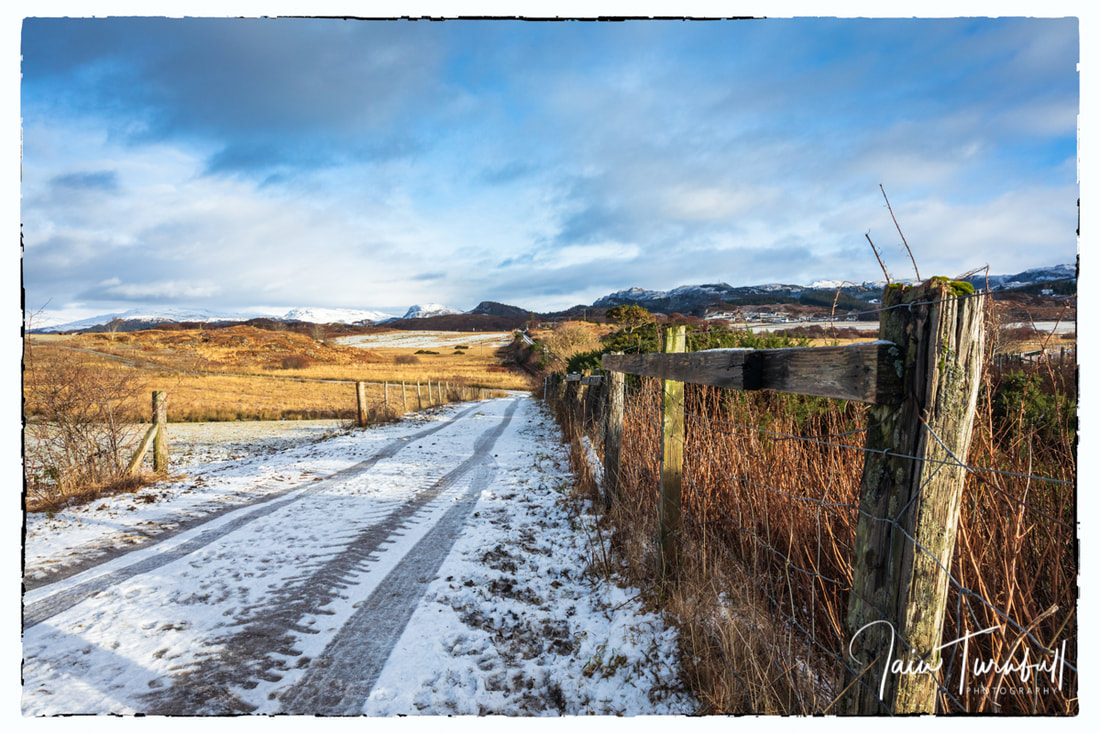
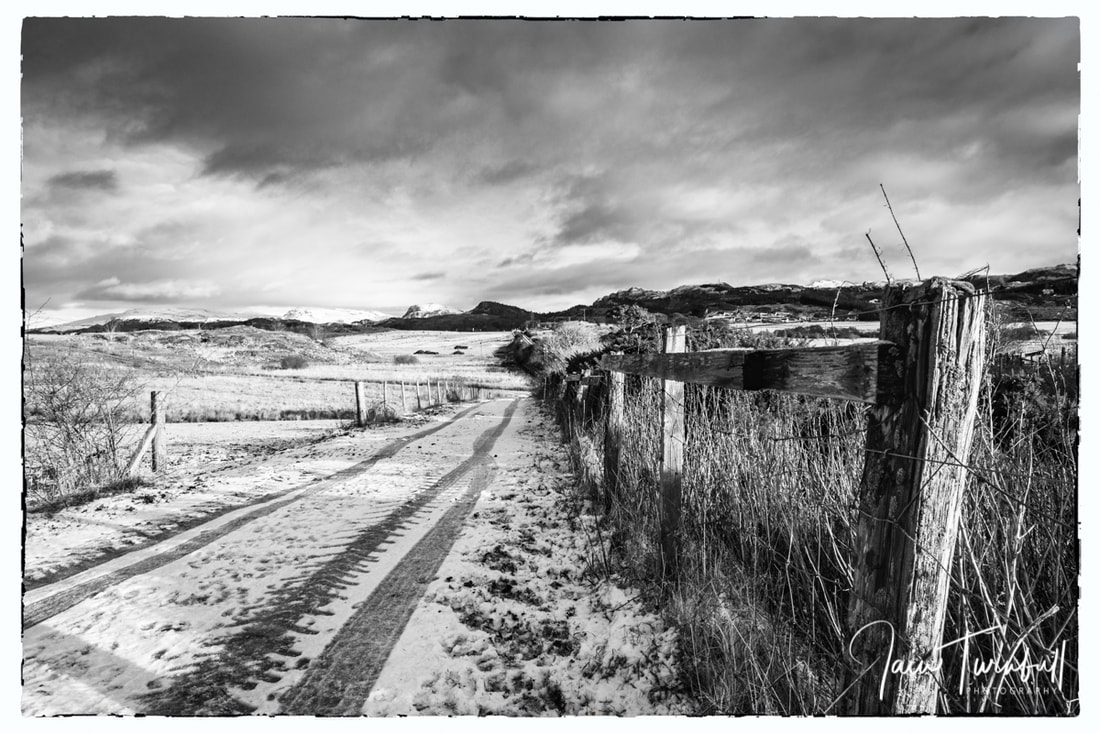
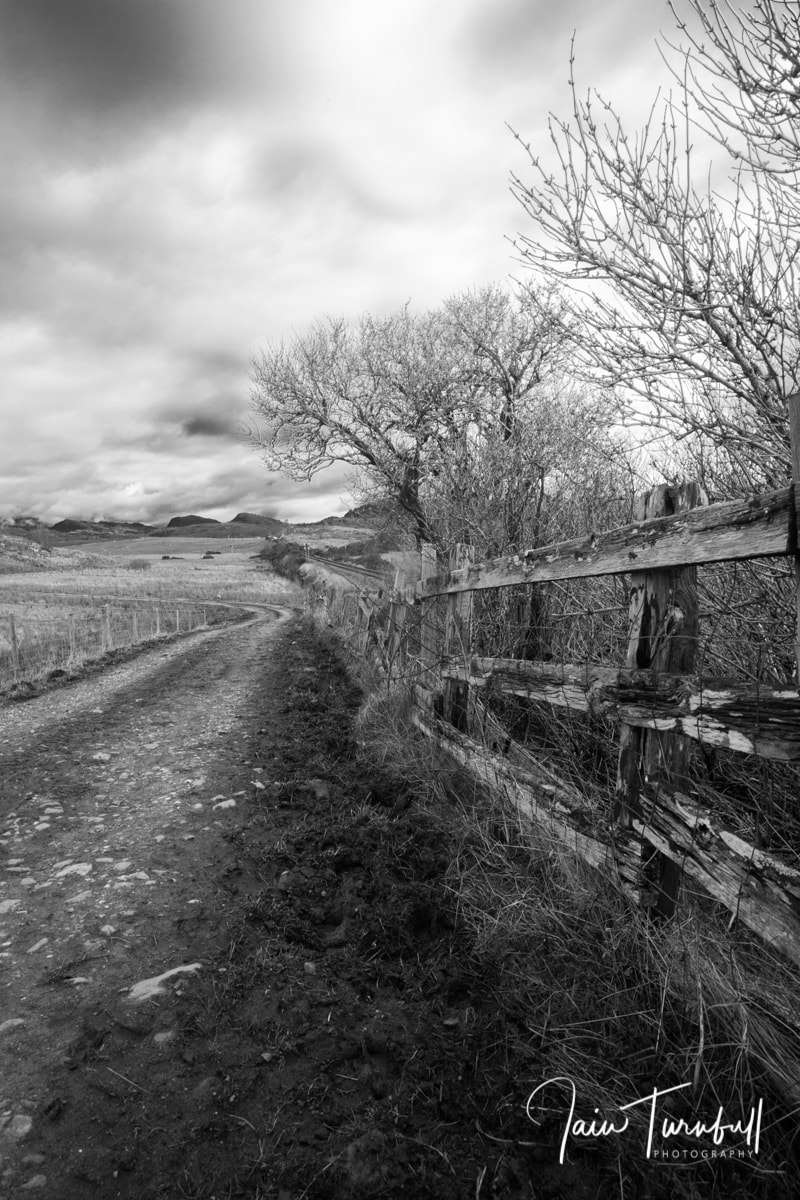
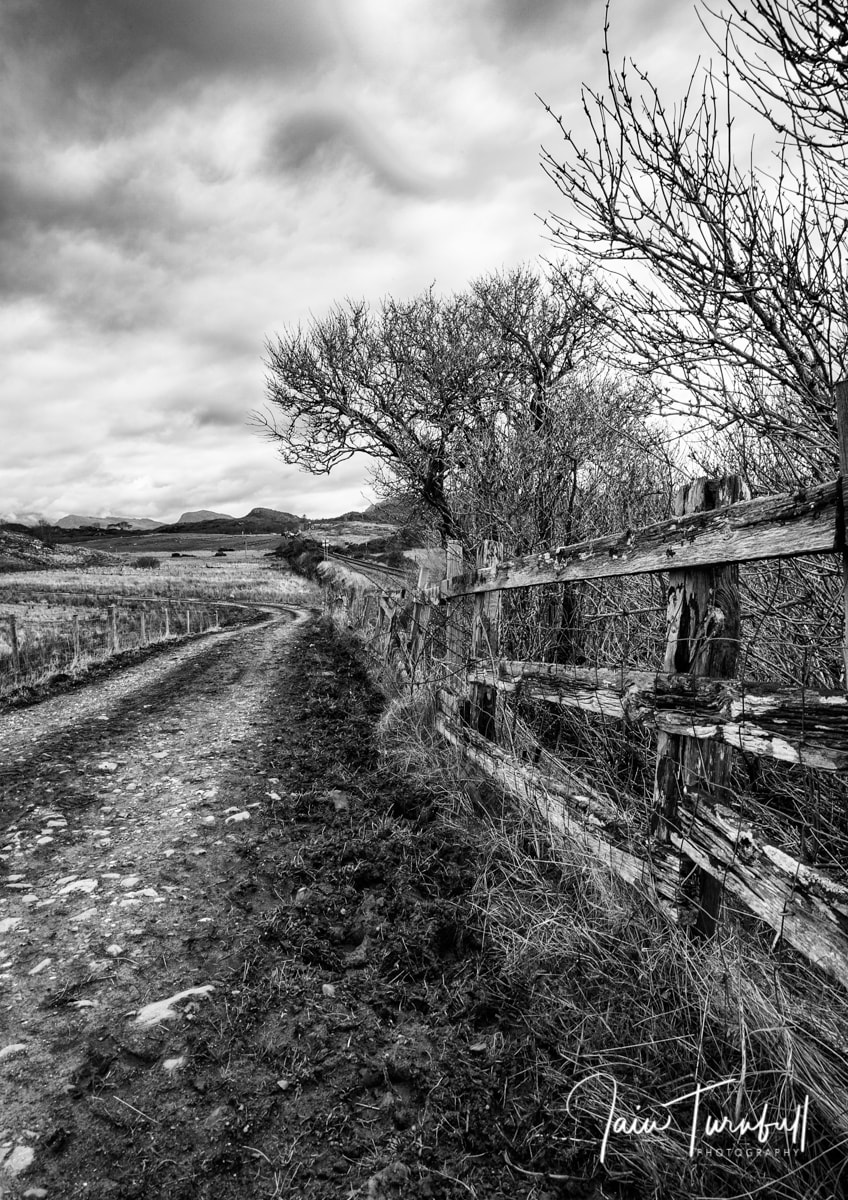

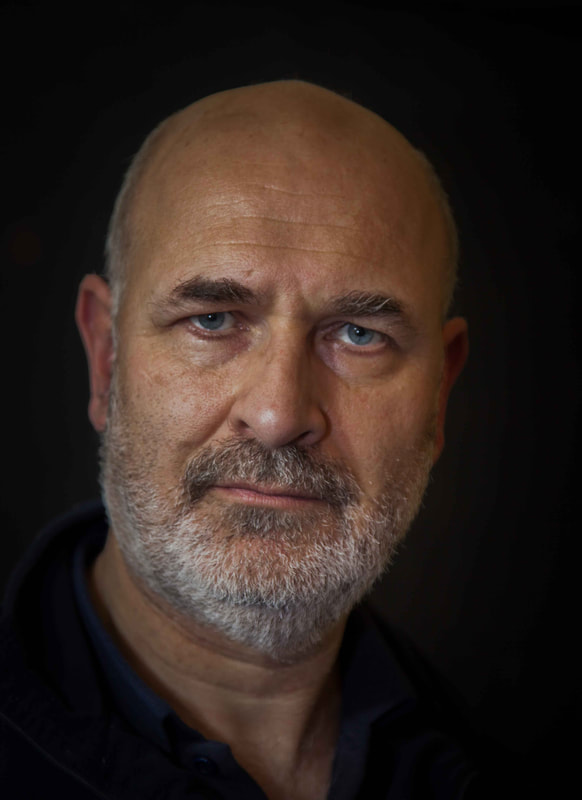
 RSS Feed
RSS Feed